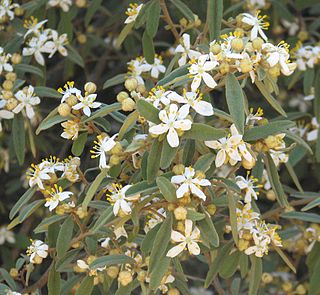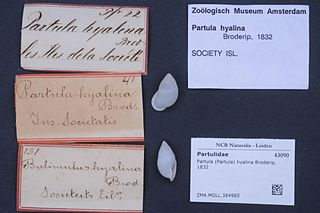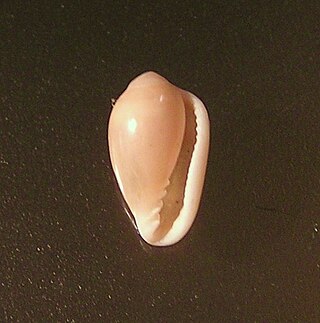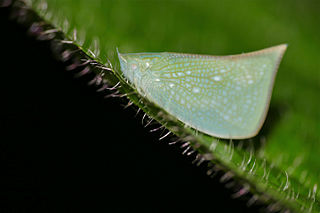
Alders are trees comprising the genus Alnus in the birch family Betulaceae. The genus comprises about 35 species of monoecious trees and shrubs, a few reaching a large size, distributed throughout the north temperate zone with a few species extending into Central America, as well as the northern and southern Andes.

Sorrel, also called common sorrel or garden sorrel, is a perennial herbaceous plant in the family Polygonaceae. Other names for sorrel include spinach dock and narrow-leaved dock.

Daucus carota, whose common names include wild carrot, European wild carrot, bird's nest, bishop's lace, and Queen Anne's lace, is a flowering plant in the family Apiaceae. It is native to temperate regions of the Old World and was naturalized in the New World.

The peony or paeony is a flowering plant in the genus Paeonia, the only genus in the family Paeoniaceae. Peonies are native to Asia, Europe, and Western North America. Scientists differ on the number of species that can be distinguished, ranging from 25 to 40, although the current consensus describes 33 known species. The relationships between the species need to be further clarified.

Pinus nigra, the Austrian pine or black pine, is a moderately variable species of pine, occurring across Southern Europe from the Iberian Peninsula to the eastern Mediterranean, on the Anatolian peninsula of Turkey, Corsica and Cyprus, as well as Crimea and in the high mountains of Northwest Africa.

Ulex is a genus of flowering plants in the family Fabaceae. The genus comprises about 20 species of thorny evergreen shrubs in the subfamily Faboideae of the pea family Fabaceae. The species are native to parts of western Europe and northwest Africa, with the majority of species in Iberia.

Bromus is a large genus of grasses, classified in its own tribe Bromeae. They are commonly known as bromes, brome grasses, cheat grasses or chess grasses. Estimates in the scientific literature of the number of species have ranged from 100 to 400, but plant taxonomists currently recognize around 160–170 species.

Anthemis is a genus of aromatic flowering plants in the family Asteraceae, closely related to Chamaemelum, and like that genus, known by the common name chamomile; some species are also called dog-fennel or mayweed. Anthemis are native to the Mediterranean region and southwest Asia east to Iran. A number of species have also become naturalized in the United Kingdom and other parts of the world.

Anacamptis morio, the green-winged orchid or green-veined orchid, is a flowering plant of the orchid family, Orchidaceae. It usually has purple flowers, and is found in Europe and the Middle East.

Aporia crataegi, the black-veined white, is a large butterfly of the family Pieridae. A. crataegi is widespread and common. Its range extends from northwest Africa in the west to Transcaucasia and across the Palearctic to Siberia and Japan in the east. In the south, it is found in Turkey, Cyprus, Israel, Lebanon and Syria. It is not usually present in the British Isles or northern Scandinavia.

Dactylis glomerata is a species of flowering plant in the grass family Poaceae, commonly known as cock's-foot, orchard grass, or cat grass (due to its popularity for use with domestic cats). It is a cool-season perennial C3 bunchgrass native throughout most of Europe, temperate Asia, and northern Africa.

Asterolasia is a genus of seventeen species of erect or prostrate shrubs in the family Rutaceae, and is endemic to Australia. The leaves are simple and arranged alternately, the flowers arranged in umbel-like groups on the ends of branchlets or in leaf axils, usually with five sepals, five petals and ten to twenty-five stamens. There are seventeen species and they are found in all Australian mainland states but not in the Northern Territory.

Partula hyalina is a species of air-breathing tropical land snail, a terrestrial pulmonate gastropod mollusk in the family Partulidae. This species is endemic to French Polynesia.
Conozoa hyalina, the California Central Valley grasshopper or just Central Valley grasshopper, was a species of grasshopper in the family Acrididae, now extinct. It was endemic to the United States.

Hyalina is a genus of sea snails, marine gastropod mollusks in the subfamily Pruninae of the family Marginellidae, the margin snails.
Adyte hyalina is a species of marine annelids in the family Polynoidae and the only accepted species in the genus Adyte. Adyte hyalina occurs in the North-east Atlantic Ocean and Mediterranean Sea, at depths down to about 150 metres.

Asterolasia pallida is a species of woody, perennial herb that is endemic to the southwest of Western Australia. It has elliptical leaves and white flowers arranged in umbels of three to six with star-shaped hairs on the back of the petals and fifteen to twenty-five stamens.
Celleporella is a genus of bryozoans belonging to the family Hippothoidae.
Sudis hyalina is a species of fish in the family Paralepididae (barracudinas).

Lawana is a genus of planthoppers in the family Flatidae, erected by William Lucas Distant in 1906. In 1923, Leopold Melichar confirmed placement of this genus in tribe Flatini and subtribe Lawanina. Species are recorded from tropical Africa and Asia.
















